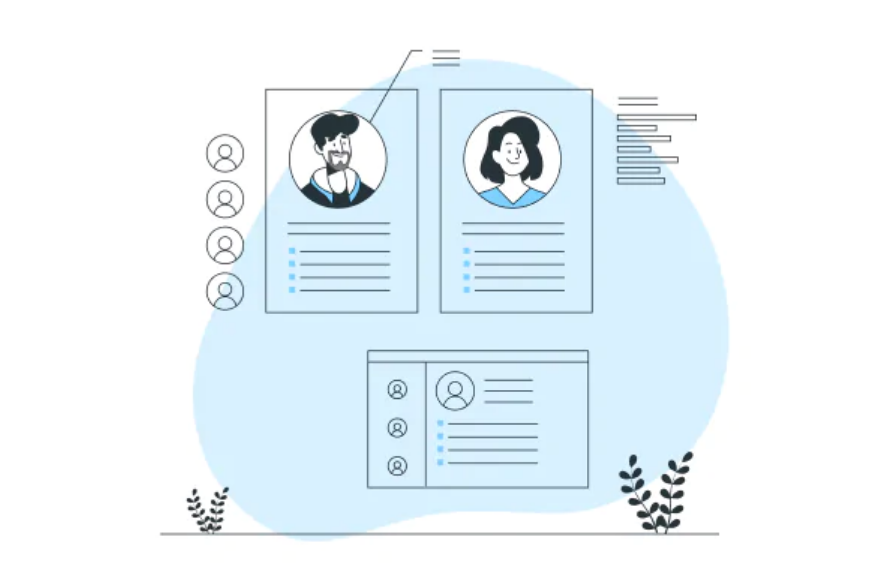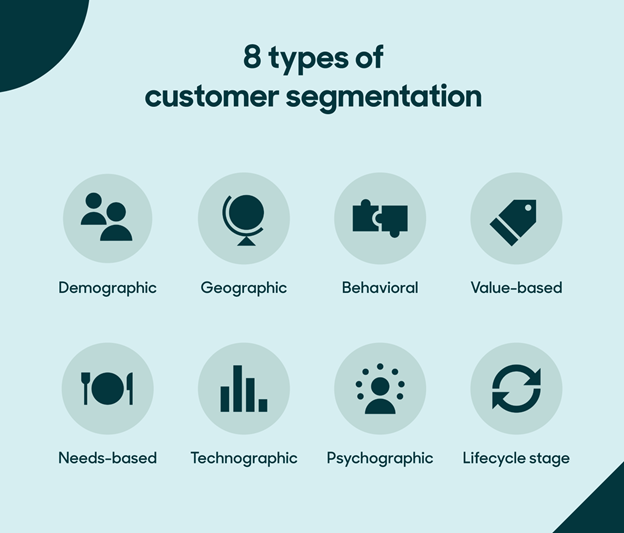Adopting a customer-centric mindset is crucial for website success. Understanding your customers, gathering relevant feedback, and developing products that meet their needs are essential steps in this process. Moderated testing plays a key role in achieving these goals by helping product teams understand how end users interact with a product and how well it aligns with their needs and expectations.
This article delves into moderated testing, exploring its benefits and how it can help design more intuitive and effective products.
Understanding Moderated vs. Unmoderated Testing
Moderated usability testing involves a real person, known as the moderator, who guides the test participants, answers their questions, and helps them navigate any challenges during the test. This type of testing can be conducted both remotely and in person, allowing for real-time interaction and dynamic discussions. However, it often requires more planning, such as coordinating schedules and ensuring a suitable testing environment.
Moderated testing typically involves live conversations that can last anywhere from 30 minutes to two hours. It is a leading method in user experience (UX) research, used to evaluate how easy it is to use a product or interface. During the test, participants perform various tasks while their interactions, feedback, and emotions are closely monitored and analyzed, providing invaluable insights for improving the user experience.
On the other hand, unmoderated usability testing does not involve a moderator. Participants complete tasks on their own, usually remotely, and their interactions are recorded for later analysis. This method is efficient, cost-effective, and suitable for reaching a broad user base, especially when quantitative data collection is needed.
Benefits of Moderated Usability Testing
- Engaged Participants: The one-on-one interaction between the moderator and the participant fosters trust and encourages the participant to complete the tasks.
- Detailed Feedback: Moderators can gather real-time, in-depth feedback, uncovering insights that might not surface in unmoderated sessions.
- Flexibility: Moderators can adapt the test as it progresses, addressing unexpected issues or responses.
- Contextual Understanding: Moderators gain a deeper understanding of user interactions by asking follow-up questions to clarify user thoughts and behaviors.
- Body Language Observation: Real-time observation of participants’ body language helps identify confusion or other issues that might not be verbalized.
When to Consider Moderated Usability Testing
Moderated testing is particularly useful for qualitative testing, especially in the early stages of the UX design process when formative data is needed. It is ideal for complex products or when you require a more personal interaction with participants.
Conducting Moderated Usability Testing
Moderated usability testing can be conducted in two main ways: remotely or in person.
Remote Moderated Usability Testing
Remote moderated testing uses specialized tools or apps that eliminate location-based limitations. Video calls allow researchers to observe and interact with participants during the test.
Best Practices for Remote Usability Testing:
- Practice with Technology: Test the tools and processes in advance to ensure everything runs smoothly during the actual test.
- Prepare and Rewrite Tasks: Design tasks in advance and pilot-test them to avoid misunderstandings.
- Recruit Sufficient Participants: Account for higher no-show rates in remote studies by recruiting additional participants.
In-Person Moderated Usability Testing
In-person testing involves inviting participants to a designated testing location where the moderator can observe body language and build rapport, leading to more effective and honest communication.
Running a Moderated Usability Test
Conducting a successful moderated usability test requires careful planning and execution:
- Plan the Session: Define the purpose of the test, identify the target users, and prepare the questions you want to ask.
- Arrange Logistical Details: Decide on the location, schedule, and who will moderate the sessions. Ensure you have the necessary recording equipment.
- Recruit Participants: Use best apps for recruiters, social media, or specialized agencies to find the right participants for your test.
- Design the Tasks: Create scenarios that reflect the key functions of the product, ensuring the tasks are clear and actionable.
- Conduct the Test: Follow a standardized process while allowing for some flexibility. Observe verbal cues and body language, but avoid interfering with the participant’s thought process.
- Analyze the Results: Review the data as soon as possible to identify and prioritize the most critical issues.
Conclusion
Moderated usability testing, whether remote or in-person, is a powerful tool for creating products that truly meet users’ needs. However, it’s important to consider the costs, potential biases, and time involved in this method. By choosing the right approach and following best practices, you can gain valuable insights that will help you design better, more user-friendly products.
- User Testing vs A/B Testing. Which Should You Choose? - April 7, 2025
- A Beginner’s Guide To Information Architecture in UX - December 3, 2024
- Moderated Testing: Definition, Process, and Best Practices - October 1, 2024
![]() Give feedback about this article
Give feedback about this article
Were sorry to hear about that, give us a chance to improve.








